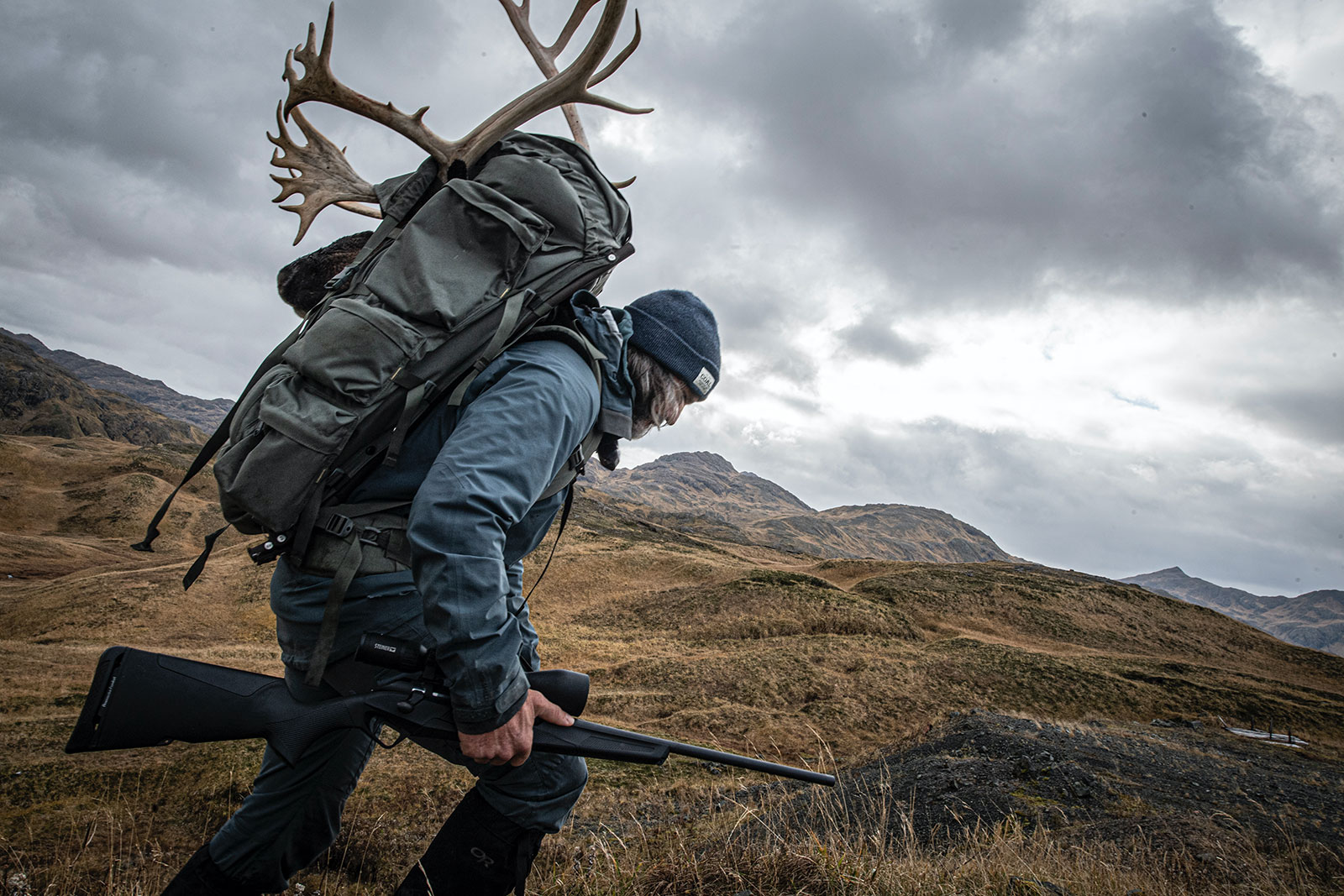Professional duck hunter and former baseball player Chad Belding knows ducks. Here, he shares his top tips for beginners on how to call ducks.
A lifelong sportsman and athlete, Chad Belding now hunts ducks, films television shows and digital content, and runs a couple of duck-centered brands for a living.
His television show “The Fowl Life” is moving into its 12th season, and he’s the co-founder of Banded, a video production and merchandising company that specializes in waterfowl hunting gear and accessories.
And as the owner of Jargon Game Calls, he’s the person you want to learn from when it comes to calling ducks. Belding shared with GearJunkie his tips for beginners who are interested in learning how to call ducks. And if you’re looking to put your federal duck stamp to work this fall, you’d better pay attention.
How to Use a Duck Call
1. Start with a single-reed duck call, not a double-reed.

When you start out, it’s very easy to form bad habits, and many people will tell you to go with a double-reed because of the ease of use. But if you start with a single, you’ll learn the right way to present hot, clean air.
If you start with a double reeded call, it can form bad habits that will be very difficult to break down the road.
2. Learn how to blow hot, clean air.
The same way you would defog a window is the same way you blow into a call. You can practice by pronouncing the word “hut.” Once you’ve got that down, don’t actually say the word. Just use your vocal cords to mimic the same burst of air that comes out when you say the word.
3. Master the basic quack.
Now that you’ve figured out how to breathe hot, clean air, you’re ready to make your first call.
All the different sounds are based on a quack — simply push that clean, hot air you just learned into the call for a basic starting call. Once you’ve mastered that, you can branch off into a variety of other types of calls.
4. Learn how to layer your quacks.
Now that you’ve mastered the quack, it’s time to layer your quacks to really imitate a duck. Think of it like echoing — one quack, followed by a second quack that is imitating the first but gentler, followed by a third, etc. It should sound like a voice echoing off the walls of a cave.
5. Add your final duck call: the feed call.

Still blowing hot air, pronounce the following: “kuh-kuh, kuh-kuh” and “tuk-uh, tuk-uh, tuk-uh.” Once you get used to these, you can use these as a combination to make it sound like there are multiple birds in a feeding frenzy.
Keep in mind that, traditionally, the feed call is the hardest call to master. Here’s my word of advice: Try to push the air loosely and let the call do the work for you.
Once you’ve got this one down, you’ll be duck calling like a pro.
6. Practice makes perfect.
There are no shortcuts when it comes to duck calling. The more you practice, the better caller you’ll be. Most professional callers have hours upon hours of practice under their belt to be successful in the field, so don’t get discouraged if you aren’t perfect right off the bat.
And if you’re curious to learn more advanced tricks or to see how to use a duck call in real time, check out this video series I made that can help you hone your skills.


